Visiting the Blue Lagoon in winter – and a snow storm
Should you visit the Blue Lagoon in winter? What is it like to take a deep in these ethereal, blue waters during a snow storm? Read on to find out.

A first visit to Iceland is not entirely complete without a dip in a geothermal pool such as the Blue Lagoon.
Yet, what if you’re there in the cooler seasons? When it’s freezing or there’s even a bit of a snow storm going on outside.
And – should you visit the Blue Lagoon in winter?
I’ve been to the Blue Lagoon a couple of times on visits to the land of ice and fire.
The first was in late August, tail end of Iceland’s summer. It was around 9°C outside, which sounds ridiculously cold, but made for quite a pleasant experience.
I sipped on Skyr smoothies, rubbed on some mud masks and relaxed. The warmth of the water felt great against the chill of the crisp, autumnal air.
The second time I visit, it’s winter. And a minor snow storm is raging outside.
This is how it played out.
Visiting the Blue Lagoon in winter

A couple of things to note if you’re visiting the Blue Lagoon in winter:
- You can enter the waters from inside the building, then make your way outside.
- The robes can be taken with you, so you can put them in a dry, shady spot and hurriedly don them before moving back inside, once you’re done.
Picture this; the pale blue waters of the geothermal pool, lapping around your body, while snowflakes drift lazily down from the sky.
It makes for a magical image, does it not?
This is why I opted to make a second trip to the Blue Lagoon in winter, this time.
However. Having never been in a blizzard before, I had no reckoned with the wind.
The kind that rips through your clothes and skin, chilling you to the bone.
As stated above, you can enter the pool from inside the building. The perfect choice, if you’re visiting the Blue Lagoon in winter.
Instead, I thought my only option was to run from the building, through the snow storm outside, to hop into the lagoon.
I’d be left to the elements for a good five to ten seconds, mere slivers of nylon barely protecting me and my friends from the harshness of the bitter, winter wind.
There’s no real way to mentally brace oneself for that degree of cold. I inhaled, gritted my teeth and walked determinedly out into the 0°C air.
Ten seconds of absolute torture and then I was in, sighing in relief as the warmth of the water flooded my system.

‘Relaxing’ in the Blue Lagoon during a snow storm
Make no mistake; when it is snowing outside at the Blue Lagoon, it is still very cold and hard to relax.
In my case, the wind had turned the water choppy and if I accidentally turned in the wrong direction, my face would be hit with a deluge of rain and snow.
I navigated the perimeter of the pool, searching for the random hot spots that litter the lagoon, where the temperature of the water is upwards of 35°C.
Brief relief from the piercing cold of the outside air.
Visiting the Blue Lagoon in winter is actually really fun
All that being said, visiting the Blue Lagoon during a snowstorm can be extremely fun.
I spent my time searching for alcoves where I could shelter from the storm, bobbing up and down in the water. My friends and I smeared mud masks on our faces and laughed as they were essentially wiped straight off by the rain.
After an hour and a half (which is plenty of time in the lagoon in good weather), the appeal began to wear off. My fingers started pruning, so I decided to call it a day.
One last run through the blistering cold to the warmth of the building finally led to the discovery of the side-door that gave direct access of the lagoon without having to bare all to the outside elements… D’oh.

Is it worth visiting the Blue Lagoon in winter?
If you’re visiting Iceland for the first time, it’s certainly not a bad idea to head to the Blue Lagoon. It’s long been one of the country’s most popular attractions for a reason.
Like everything in this Nordic country, it’s not a cheap experience. The price of entry starts at 8990 krónas/€63 just for the basics (entrance, a mud mask, towel and a drink).
Keep in mind, the price changes based on the time of day and year. It’s generally cheaper to visit in the morning, and off-peak seasons (generally the shoulder seasons and winter).
So, visiting the Blue Lagoon in winter could end up saving you some coin – worth noting if you’re on a budget, while visiting this notoriously expensive country.
There are add-ons you can buy once in the pool, such as a massage or float therapy session.
You can also purchase Skyr smoothies and alcoholic beverages.

When is the best time to visit Iceland?
I’ve been lucky enough to visit Iceland three times – at the end of summer, November during the annual Airwaves music festival and in very early March, just outside of winter.
Honestly, there is so much to do in this small country, that you’ll have a ball, no matter what time of the year. And it really depends on what’s on your Iceland itinerary.
Visiting in late summer came with the opportunity to take a road trip to the Westfjords.
March ended up being the perfect time to see the northern lights (although I did also see them, faintly, up north in August!).
I’m personally not a fan of travel in peak seasons. I reckon May or September would be a great time to visit to avoid the crowds (here’s a guide to avoid looking like a tourist in Europe, the cardinal sin of all sins).
November is fantastic for experiencing Iceland Airwaves. March is great for a taste of winter, with a little more daylight.
In conclusion: should you visit the Blue Lagoon in winter?
The Blue Lagoon is open every day of the year, and to all elements.
Having been there in both summer and the cooler months, I think winter makes for a more unreal experience.
Visiting in a snowstorm meant less crowds; plus I got an excellent story out of it.
And if you want to be a bozo like me and run through the freezing cold air before entering the lagoon, well, it is one way to get the blood pumping.
No matter how cold it is outside, do not be deterred.
Have you visited the Blue Lagoon during winter? How did you find it?


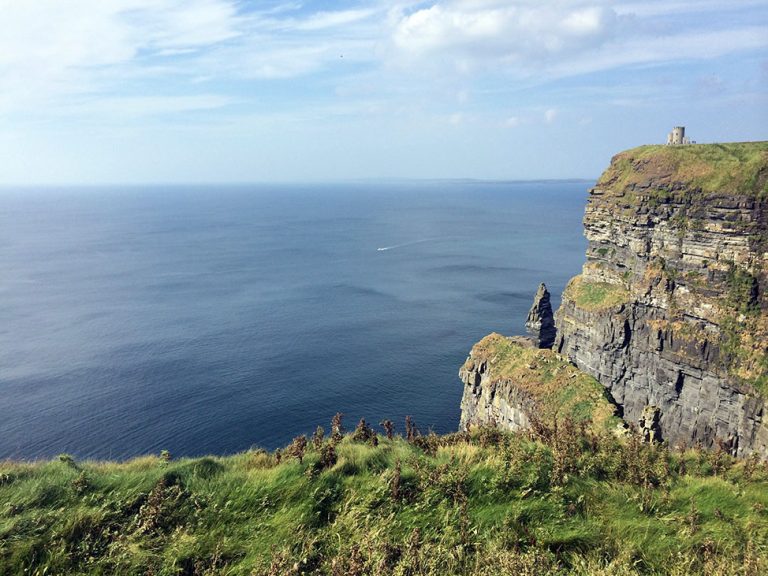
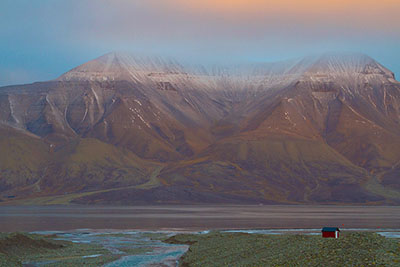
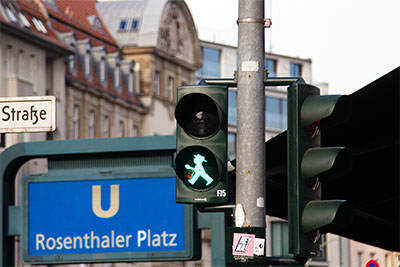
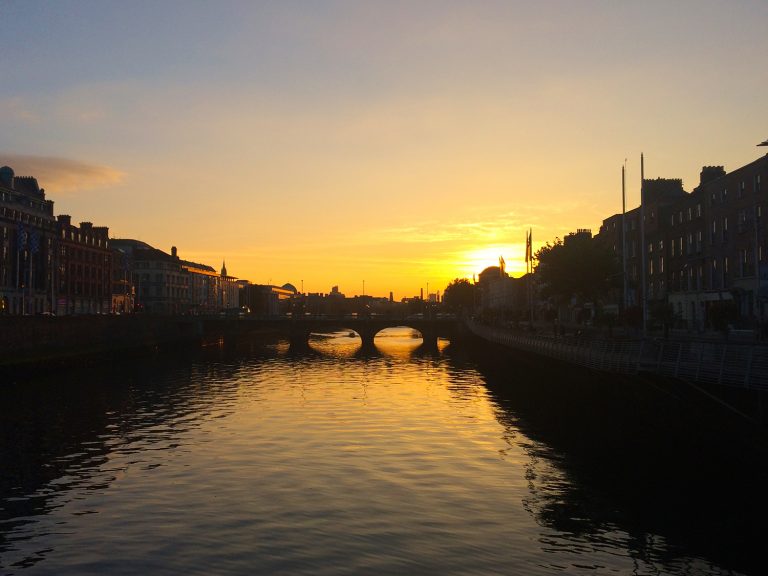

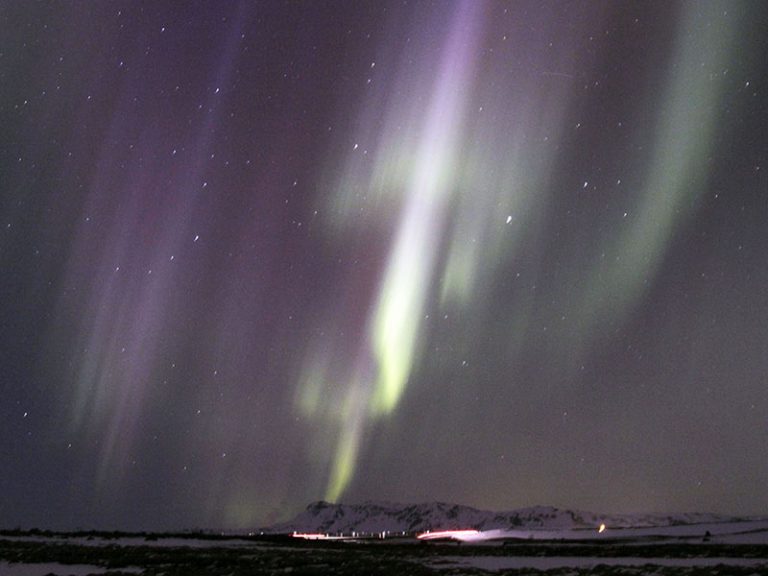
This is awesome! We were just in Iceland a couple weeks ago and had the same experience at the Blue Lagoon. Blizzard, followed by hail, wind, rain, and just a little bit of sun at the end. It made it a very magical experience, really!
But yeah, oh man, it’s SO COLD outside, and you’re already dripping wet from the shower. We didn’t realize we could bring our robes outside and didn’t take the side door, either. Oh well. Part of the experience!
Great post!
Exactly, you end up with quite the story at the end. That was my second time there and it stood out over the first, just from the sheer insanity of it, haha.